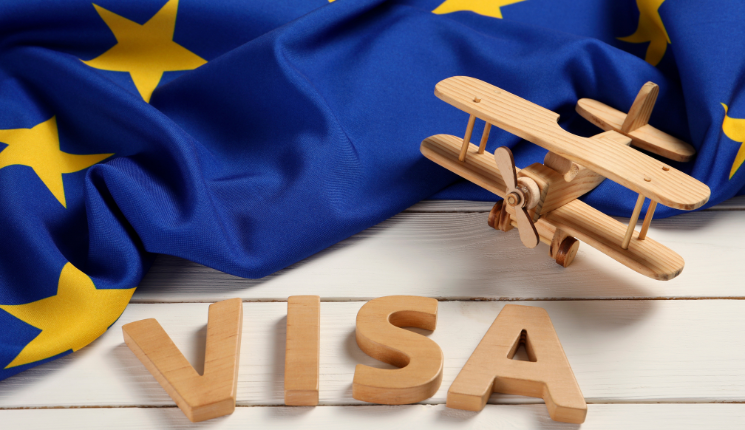So, you’re dreaming of sipping espresso in Rome, snapping pics of the Eiffel Tower, or taking a canal cruise through Amsterdam? Awesome choice! But before you pack your bags and hop on a flight to Europe, there’s one important detail to get right — Schengen Visa timing.
While this visa opens the doors to 27 incredible countries, getting it approved at the wrong time can delay your adventure or even mess up your whole plan. No worries though — we’re diving into everything you need to know to apply at just the right time.
Why Schengen Visa Timing Is Important
Understanding Schengen Visa timing is crucial, especially if you’re not into last-minute drama. Your visa application needs to land in the embassy’s inbox during the right window — not too early and not too late.
Also, embassies work on limited schedules and can be overloaded during high travel seasons. By applying at the right time, you reduce stress, avoid delays, and give yourself some breathing room.
Another reason? If your documents expire before your trip starts, or if you didn’t plan for appointment delays, it could all backfire.
Schengen Visa Timing: Basic Rules to Know

You’re allowed to apply for a Schengen Visa as early as six months before your intended departure. That’s ideal for travelers who like planning ahead.
The latest you can apply is 15 working days before your trip, but that’s pretty risky. Embassies get packed, and things can go wrong unexpectedly.
Keep in mind:
- Weekends and public holidays don’t count in those 15 working days.
- National holidays in your destination country can delay your process too.
Schengen Visa Timing for Peak Travel Seasons
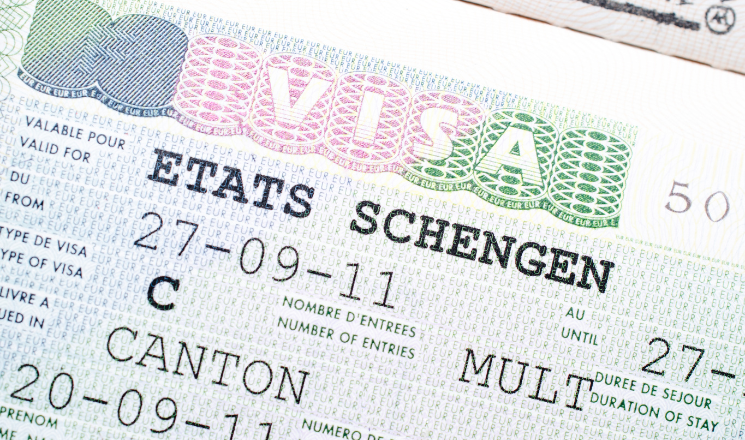
Planning to visit Europe during high seasons like summer or Christmas? You’re not alone — which means consulates are swamped.
Peak Seasons to Apply Early:
- Summer vacations (June–August)
- Christmas & New Year (mid-Dec–early Jan)
- Easter holidays (late March–April)
The smart move is to apply 8–12 weeks in advance if you’re traveling during these months. That gives you time to fix issues, resubmit documents if needed, and still stay on track.
Smooth Schengen Visa Timing in Off-Peak Months
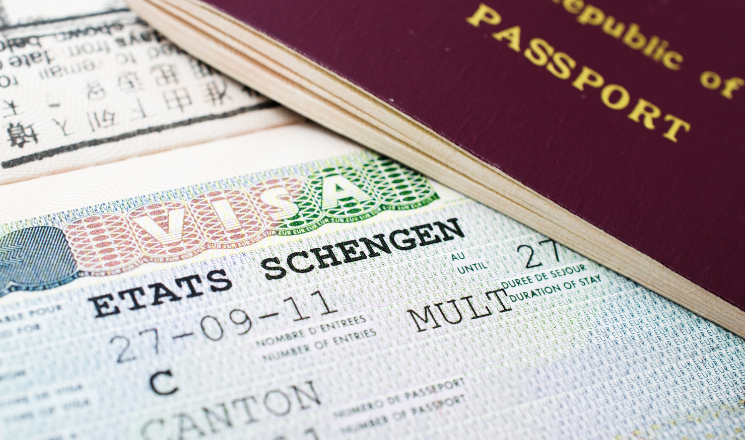
If you’re traveling during the shoulder or off-season, things are way more relaxed. Fewer tourists = faster embassy response.
Great months for easy visa processing:
- February to early March
- September to early November
During this time, you’ll get faster appointment slots, and your visa might be processed within days instead of weeks.
Apply 4–6 weeks before your departure, and you’re golden!
Ideal Schengen Visa Timing by Travel Type
Depending on why you’re traveling, your ideal visa timing might shift a bit. Let’s break it down:
1. Tourism Travel:
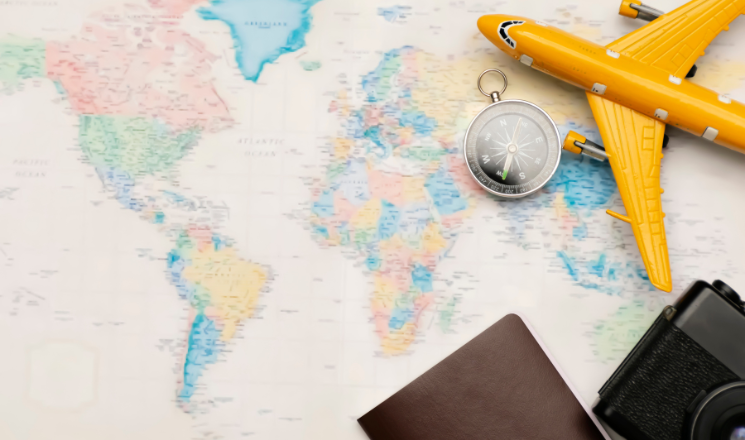
If you’re going for sightseeing or a leisure trip, apply 6–10 weeks early, especially if it’s during summer or the holidays.
2. Student Visits:

Study visas usually require more paperwork. Apply 2–3 months in advance to allow time for verification and documentation.
3. Business Travel:

Though some embassies handle business visas faster, it’s still best to apply at least 4 weeks before your departure.
Avoid These Schengen Visa Timing Mistakes
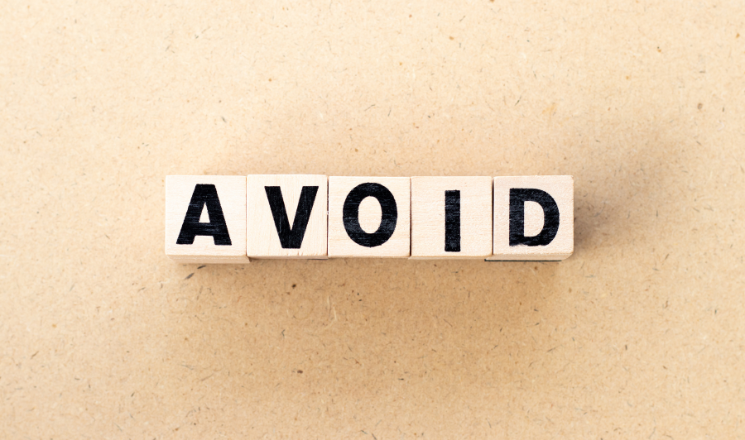
Even seasoned travelers make timing mistakes. Here’s how to spot them early and fix them fast.
1. Applying Too Early
Some travelers submit their application more than six months ahead. Embassies won’t accept it that early, so always count backward from your travel date.
2. Waiting Too Long
Others delay until the last two weeks before departure. By then, most embassies won’t offer appointment slots, and you won’t have enough time to fix issues.
3. Booking Flights Immediately
Many people buy flights before getting their visa. Don’t do that. Instead, create a dummy itinerary using tools like Visa Reservation or Schengen Visa Flight Itinerary to satisfy embassy requirements.
Helpful Tools for Schengen Visa Planning

Need help staying organized? These apps can take the stress off your plate and keep your Schengen Visa timing perfect.
- SchengenVisaInfo.com – Tracks embassy updates and seasonal visa processing times.
- VisaGuide.World – Breaks down application rules by country.
- VFS Global – Where most embassies handle online bookings.
- TripIt – Organizes your travel documents and dates in one place.
All these tools help you stay one step ahead — which is super important when embassies are busy.
Do Visa Timelines Differ by Country?
Short answer: Yes, they do. Even though Schengen rules are standard, processing times vary between consulates.
Here’s a quick cheat sheet:
- Germany & Netherlands: Usually quick and efficient.
- France & Italy: Slower, especially in summer.
- Spain: Can be unpredictable; book early.
Pro tip: Apply through a consulate that’s known for quicker processing, if your itinerary allows. Always check reviews or forums like The Visa Lounge for recent user feedback.
Best Time to Travel for Easy Approvals
Looking for easier approval and smooth processing? Travel during the less busy months:
- Late January
- Early March
- Mid-October
Embassies aren’t overwhelmed during these periods, which means your visa is likely processed faster. Also, with fewer rejections and less pressure, your experience will be better overall.
Summary: Smart Schengen Visa Timing Tips
Here’s the final checklist to get your Schengen Visa timing just right:
✅ Apply up to 6 months early, not sooner
✅ Avoid the last-minute 15-day scramble
✅ Use embassy-specific timelines, not generic ones
✅ Plan earlier for high seasons
✅ Use apps like SchengenVisaInfo and VFS Global
✅ Travel during quiet seasons for quicker approval
By sticking to these timing strategies, you’ll avoid common pitfalls and enjoy a stress-free journey to Europe’s most iconic places.
Final Thoughts on Schengen Visa Timing
Timing your visa application well can mean the difference between sipping coffee in Vienna… or canceling your trip. The good news? Now that you’ve read this guide, you’re totally equipped to apply like a pro.
Just remember: apply early, prepare well, and don’t panic. With smart planning and the right timing, your Schengen Visa approval will come easier than you think.
Have more questions or want a printable checklist? Let me know — I’d be happy to send you one!

